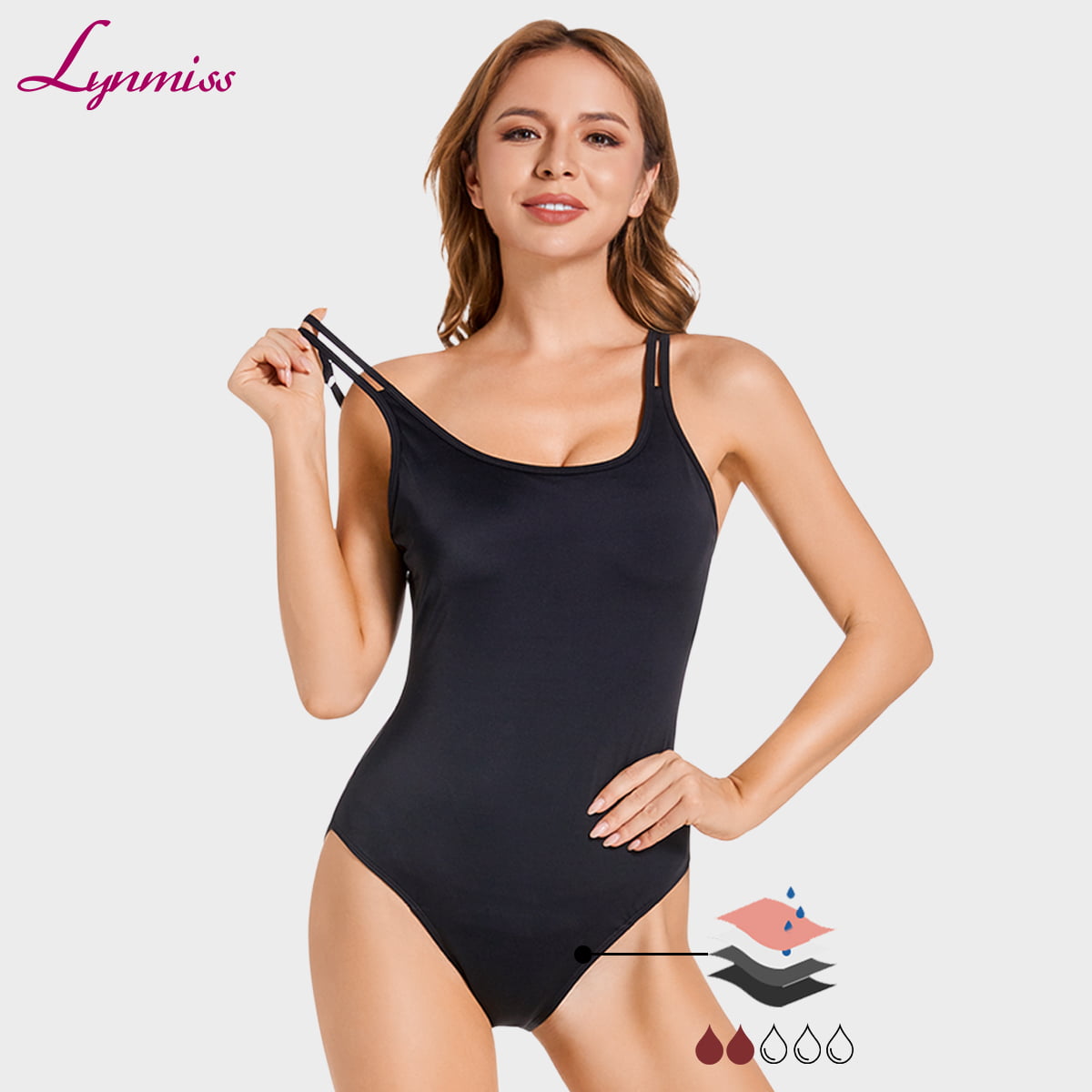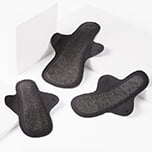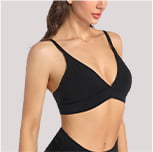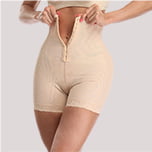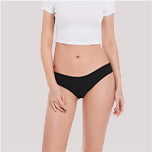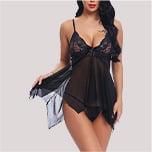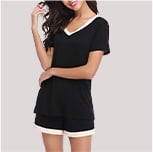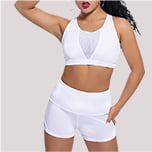The Science Behind Period Panties Manufacturing: How Do They
 Sep 26,2024
Sep 26,2024
 lynmiss
lynmiss
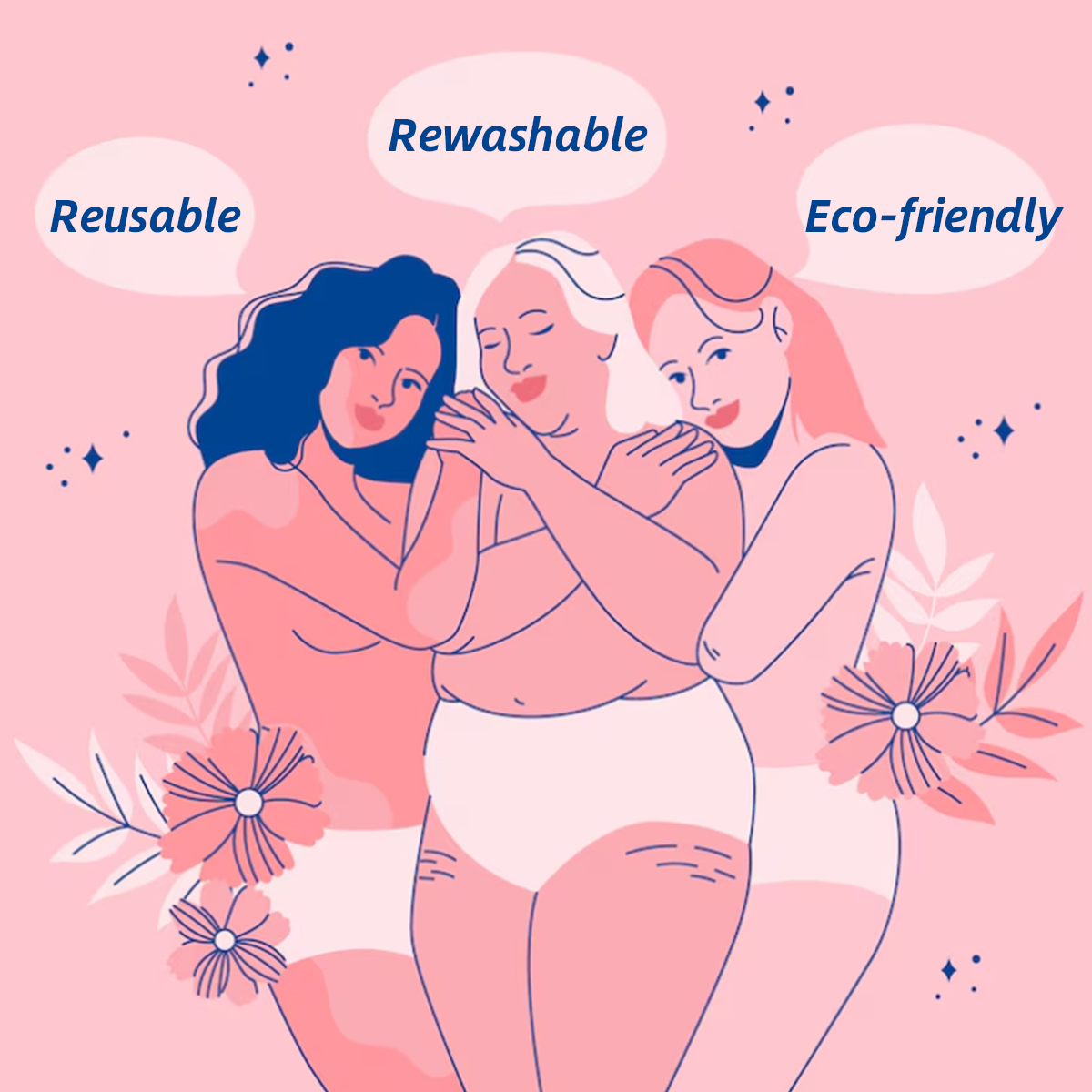
In the realm of menstrual care, innovative solutions have emerged to provide comfort, convenience, and environmental consciousness. Period panties, also known as menstrual underwear or leak-proof underwear, have gained significant popularity in recent years. These specialized garments offer a discreet and eco-friendly alternative to traditional menstrual products. As we delve into the science behind period panties manufacturing, we unravel the intricate processes and technologies that make these garments a game-changer for menstrual hygiene.
Understanding the science behind period panties
Period panties are designed to absorb and contain menstrual flow, providing protection against leaks and stains. The science behind their functionality lies in the careful selection of materials and the integration of advanced technologies. These panties incorporate highly absorbent layers that wick moisture away from the body, keeping the wearer dry and comfortable throughout their menstrual cycle.\
How do period panties work?
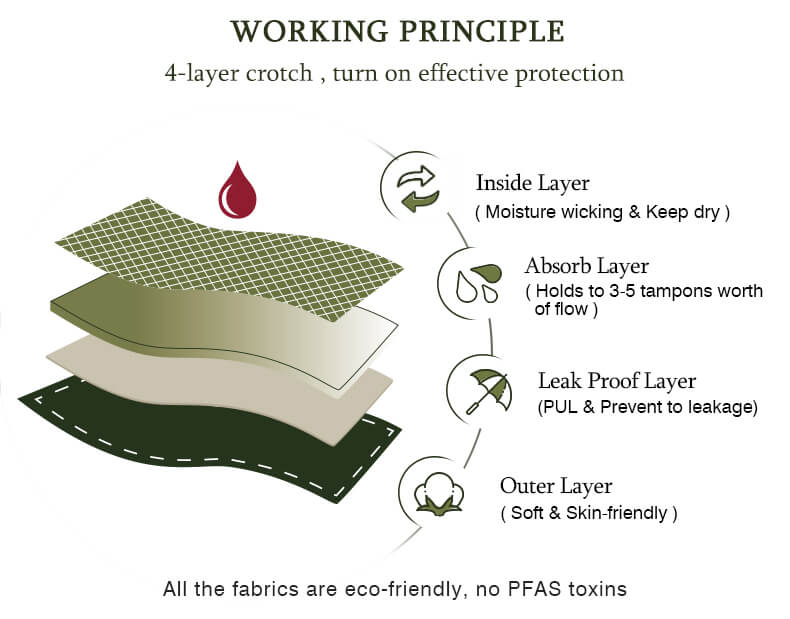
Period panties work by employing a multi-layer system that effectively manages menstrual flow. The core of these panties typically consists of the following components:
-
Moisture-wicking layer: This layer is in direct contact with the skin and is designed to draw moisture away from the body, preventing discomfort and promoting dryness.
-
Absorbent layer: Beneath the moisture-wicking layer lies a highly absorbent core, often composed of materials like bamboo, cotton, or advanced polymers. This layer has the capacity to absorb and retain a significant amount of menstrual fluid, ensuring reliable protection.
-
Leak-proof barrier: A waterproof or water-resistant layer acts as a barrier, preventing leaks and stains from penetrating through to the outer layers of the garment.
-
Odor-control technology: Many period panties incorporate antimicrobial or odor-neutralizing agents to combat unpleasant odors, ensuring freshness throughout wear.。
These layers work in harmony to provide a comfortable and secure experience for the wearer, minimizing the risk of leaks and maximizing absorbency.
Materials used in period panties manufacturing
The selection of materials is crucial in the manufacturing of period panties. Manufacturers prioritize the use of breathable, moisture-wicking, and eco-friendly fabrics to ensure comfort and sustainability. Some of the commonly used materials include:
-
Bamboo viscose: Derived from bamboo fibers, this material is highly absorbent, soft, and naturally antimicrobial, making it an ideal choice for period panties.
-
Organic cotton: Known for its breathability and gentleness on the skin, organic cotton is a popular choice for the moisture-wicking layer in period panties.
-
Polyester: While not as eco-friendly as natural fibers, polyester is often used in the leak-proof barrier layer due to its waterproof properties.
-
Advanced polymers: Innovative polymers, such as those used in the absorbent core, offer superior absorption capabilities and moisture management.
-
Antimicrobial agents: Substances like silver ions or plant-based extracts are incorporated into the fabrics to inhibit bacterial growth and prevent odors.
The manufacturing process of period panties
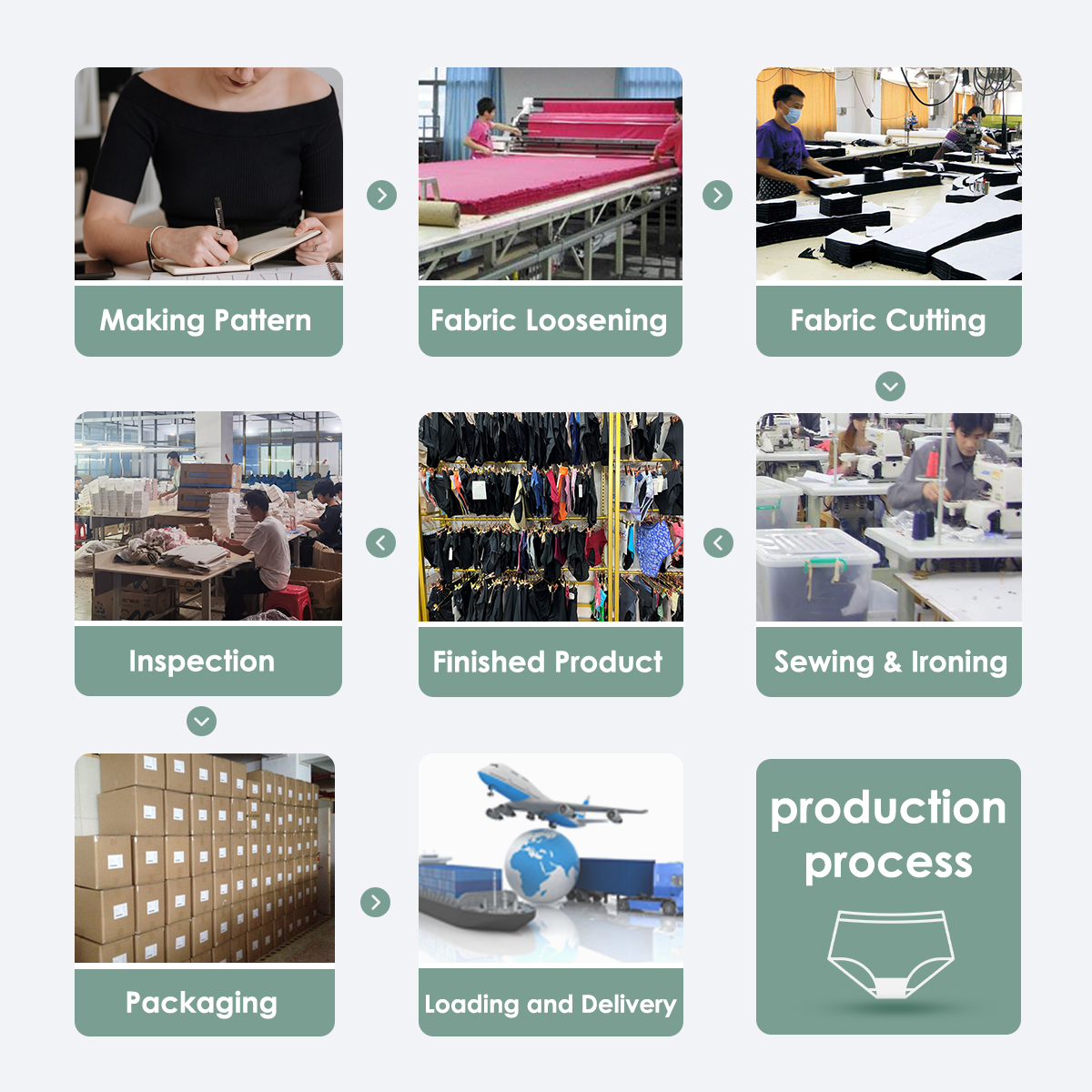
The manufacturing process of period panties involves several intricate steps to ensure optimal performance and quality. Here's a general overview of the process:
-
Fabric preparation: The selected fabrics undergo pre-treatment processes, such as dyeing, printing, or finishing, to achieve the desired colors, patterns, and functional properties.
-
Cutting and assembly: Using precise patterns, the fabrics are cut and carefully layered to form the multi-layer structure of the period panties.
-
Bonding and sealing: Advanced techniques like ultrasonic bonding or heat sealing are employed to securely bond the layers together, ensuring leak-proof protection.
-
Topstitching and finishing: The assembled panties undergo topstitching and finishing touches, such as adding elastic waistbands or trims, to enhance comfort and aesthetics.
-
Quality control: Rigorous quality checks are performed at various stages to ensure the panties meet the required standards for absorbency, leak resistance, and durability.
-
Packaging and distribution: The finished period panties are packaged and prepared for distribution to retailers or direct-to-consumer channels.
Quality control in period panties manufacturing
Quality control is a critical aspect of period panties manufacturing, as it ensures the consistent performance and safety of the products. Manufacturers employ various testing methods to evaluate the panties' absorbency, leak resistance, and overall durability. Some common quality control measures include:
-
Absorbency testing: Specialized equipment is used to measure the absorption capacity of the panties under controlled conditions, ensuring they meet the advertised absorbency levels.
-
Leak resistance testing: Simulated leakage tests are conducted to assess the effectiveness of the leak-proof barrier and identify any potential weak points.
-
Durability testing: The panties undergo rigorous wear and wash testing to evaluate their ability to withstand repeated use and laundering without compromising performance.
-
Antimicrobial and odor control testing: Laboratory tests are performed to verify the effectiveness of the antimicrobial agents and odor-control technologies incorporated into the panties.
-
Skin safety testing: Manufacturers ensure that the materials used in period panties are hypoallergenic and free from harmful substances, prioritizing the wearer's comfort and safety.
Common misconceptions about period panties
Despite their growing popularity, there are still some common misconceptions surrounding period panties that need to be addressed:
-
Misconception: Period panties are not as effective as traditional menstrual products. Reality: When designed and manufactured correctly, period panties can offer reliable protection and absorbency comparable to or even surpassing traditional menstrual products.
-
Misconception: Period panties are uncomfortable and bulky. Reality: Modern period panties are designed with breathable, moisture-wicking materials and sleek, form-fitting silhouettes, ensuring comfort and discretion.
-
Misconception: Period panties are difficult to clean and maintain. Reality: Most period panties are machine-washable and can be easily cleaned and reused, making them a convenient and eco-friendly option.
-
Misconception: Period panties are only suitable for light menstrual flow. Reality: Many period panties are designed to accommodate various flow levels, from light to heavy, providing versatile protection throughout the menstrual cycle.
-
Misconception: Period panties are not as hygienic as disposable menstrual products. Reality: When properly cared for and cleaned, period panties can be just as hygienic as disposable products, and they reduce the environmental impact of menstrual waste.
Comparing period panties with other menstrual products
While period panties offer a unique and innovative solution for menstrual care, it's essential to understand how they compare to other menstrual products available on the market:
-
Tampons and pads: Traditional disposable menstrual products, such as tampons and pads, are designed for single-use and require frequent changing. Period panties, on the other hand, are reusable and can be worn for extended periods, reducing waste and offering cost savings in the long run.
-
Menstrual cups: Both period panties and menstrual cups are reusable and eco-friendly options. However, menstrual cups are inserted internally, while period panties provide external protection against leaks and stains.
-
Reusable cloth pads: Similar to period panties, reusable cloth pads offer an eco-friendly alternative to disposable products. However, cloth pads require separate underwear and may need to be changed more frequently than period panties.
-
Menstrual discs: Menstrual discs are another internal menstrual product that can be worn for longer periods. When combined with period panties, they can provide an additional layer of protection and peace of mind.
The choice between these menstrual products often comes down to personal preference, comfort, and lifestyle factors. Many individuals opt for a combination of different products to meet their unique needs throughout their menstrual cycle.
The future of period panties manufacturing
The science behind LYNMISS period panties manufacturing is a testament to the ingenuity and dedication of researchers, engineers, and manufacturers in addressing the unique needs of menstrual care. As we look to the future, we can expect to see continued advancements in materials, technologies, and manufacturing processes, further improving the performance, comfort, and sustainability of period panties.
With a growing emphasis on eco-friendly and reusable solutions, period panties are poised to become a mainstream choice for individuals seeking convenient, discreet, and environmentally conscious menstrual care options. As LYNMISS PERIOD PANTEIS manufacturers continue to innovate and refine their products, we can anticipate greater acceptance and adoption of period panties, contributing to a more sustainable and inclusive approach to menstrual hygiene management.
The future of period panties manufacturing holds immense potential, driven by the collective efforts of scientists, manufacturers, and conscious consumers. By embracing these innovative solutions, LYNMISS can pave the way for a more comfortable, sustainable, and empowering menstrual experience for individuals worldwide.
Choose Lynmiss for reliable, comfortable, and eco-friendly period panties. Let us be your partner in menstrual care.



